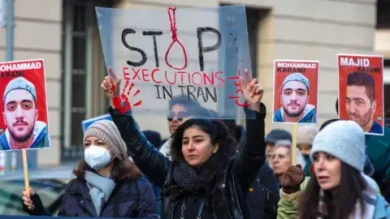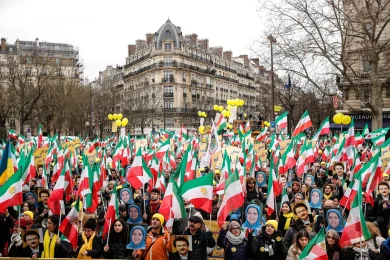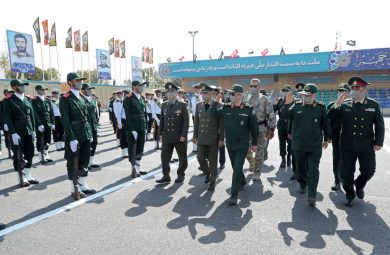• Context: Mandatory hijab laws since 1979 revolution
• The hijab as more than clothing—it’s a symbol of state power
• The rise of public defiance and global visibility
• Why the hijab has become a frontline of resistance
1. The Origins of Compulsory Hijab in Iran
A. The Post-Revolution Imposition
• 1981 law: women required to wear hijab in public
• Punishments: fines, lashes, prison
B. Hijab as Political Tool
• Signifier of Islamic identity and regime loyalty
• Control of women’s bodies = control of society
2. What Forced Hijab Represents for Iranian Women
A. State Control Over Personal Choice
• Bodily autonomy removed
• “Morality police” as enforcers of patriarchy
B. Public Space as Male-Dominated
• Restrictions on women’s movement, voice, and dress
• Hijab law reinforces second-class status
3. Acts of Defiance: From Silent Protest to Mass Movement
A. The “Girls of Revolution Street” (2017)
• Women standing bareheaded with white scarves on sticks
• Peaceful, symbolic disobedience
B. The Mahsa Amini Uprising (2022)
• Her death in custody sparked nationwide protest
• “Women, Life, Freedom” becomes rallying cry
C. Everyday Resistance
• Refusal to wear hijab despite surveillance
• Using social media to spread messages
4. The IRGC and Enforcement of Hijab Laws
A. Role of Basij and IRGC Intelligence
• Surveillance, arrests, blackmail
• Attacks on protestors and online activists
B. Prison and Torture for “Improper Hijab”
• Cases of women beaten, raped, and tortured
• Use of forced confessions
5. Social and Psychological Impact on Women
A. Trauma from Arrests and Threats
• Fear of being targeted for simply appearing in public
B. Internalized Oppression
• Young girls growing up equating modesty with morality
• Shame culture and religious manipulation
6. Voices from the Frontlines
• Testimonies from women imprisoned for unveiling
• Activists like Masih Alinejad, Nasrin Sotoudeh, Sepideh Gholian
• Women from across ethnic and religious backgrounds unite
7. The International Response
A. Global Protests and Diaspora Support
• Massive rallies from Berlin to Toronto
• Campaigns like #LetUsTalk and #MyStealthyFreedom
B. Call for Policy Action
• Targeted sanctions on those enforcing hijab law
• UN and EU urged to recognize gender apartheid
8. Why This Movement Is Different
• Women leading the charge, not as victims, but as visionaries
• Cross-generational, decentralized, and inclusive
• Refusal to compromise on bodily autonomy
• Hijab law rejection tied to demand for regime change
9. What’s at Stake
• The hijab as a tipping point: change in hijab law = blow to regime’s ideology
• Women’s rights tied to broader fight for democracy
• The world watching: how the regime responds to this challenge
Conclusion
The resistance to forced veiling is not about opposing the hijab itself, but the coercion behind it. Iranian women are saying “no” to being treated as subjects of the state and are reclaiming their right to choose—whether that means wearing a hijab or not. Their refusal is an act of radical autonomy, and their courage is reshaping Iran’s future.
Join Our Newsletter!
Stay informed with the latest updates, news, and ways to take action in the fight for justice and global security. Sign up now to get updates delivered straight to your inbox!





